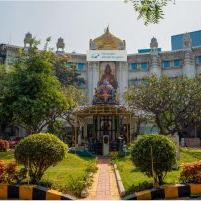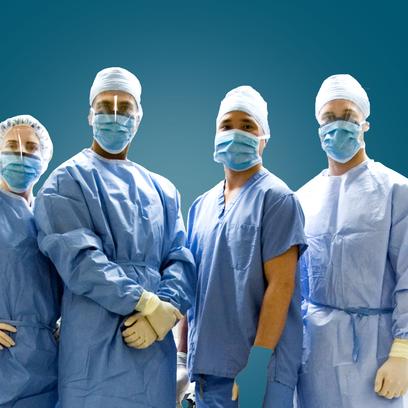
Welcome to Gleneagles AWARE Hospital, LB Nagar
Gleneagles AWARE Hospital, LB Nagar, Hyderabad is a community tertiary care hospital with established clinical work in all major medical specialties. Key specialities include Emergency Care, Critical Care, Cardiac Sciences, Neurosciences, Orthopaedics, Gastroenterology and Renal Sciences. The NABH, NABB and NABL-accredited hospital operates 150 bed Read more
Key Specialties
View allOur Doctors
View all Dr Rajeev Garg
Dr Rajeev GargMBBS, MD(Med), DNB (Cardio), Dip. Card (NIMS) MNAMS; FSCAI, FESC
Senior Consultant Dr Suresh Reddy Challamalla
Dr Suresh Reddy ChallamallaMD (Gen. Med), DM (Neuro) (NIMS)
Senior Consultant Dr Sudhir Prasad
Dr Sudhir PrasadMBBS, MD, EDARM (EUROPE), FCCP(USA)
Senior Consultant Dr Srinivasa Chary A
Dr Srinivasa Chary AMBBS, MD (General Medicine)
Consultant Dr Naveen Kumar Poola
Dr Naveen Kumar PoolaMBBS, MS, M.Ch Urology
Consultant Dr V V Satyanarayana
Dr V V SatyanarayanaMBBS, MS (Orthopaedics), MCh Trauma (UK), AO Fellow Trauma & Arthroplasty (Greece)
Consultant Dr Rajendra Prasad Bhupathi
Dr Rajendra Prasad BhupathiMBBS, MS, FMAS, DNB (Surgical Gastro, NIMS)
Consultant
Key Facts
 9
9Operation Theatres
 24X7
24X7CathLab
 24X7
24X7Emergency Department
 24X7
24X7Pharmacy
Need Help
Accreditations
 NABH
NABHIndian Standard for Hospital Accreditation
 NABB
NABBIndian Standard for Blood Bank Accreditation






















